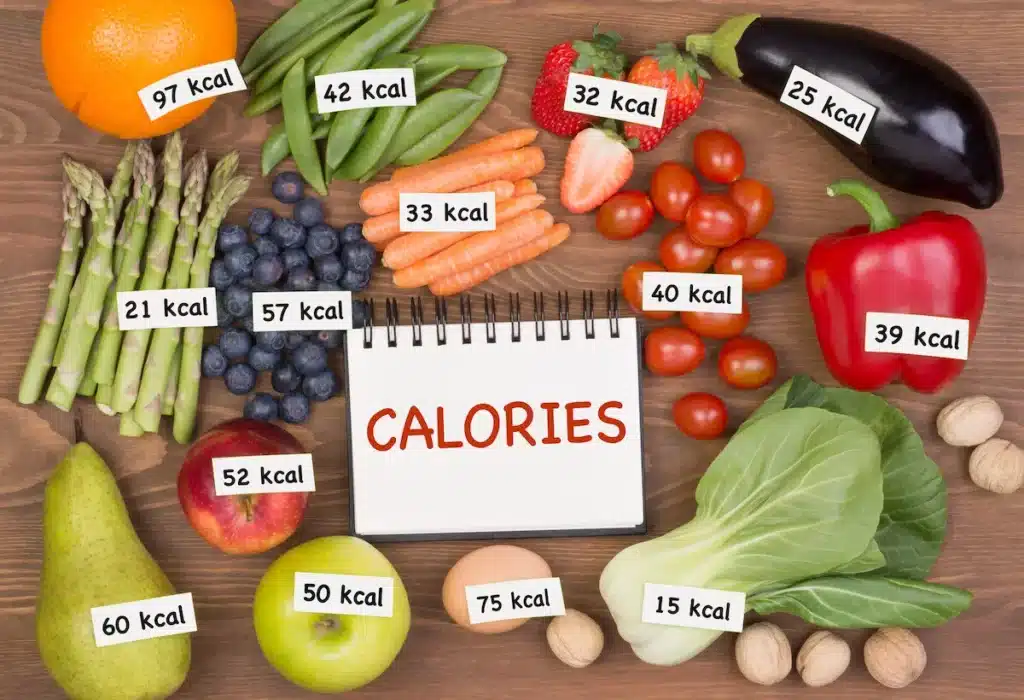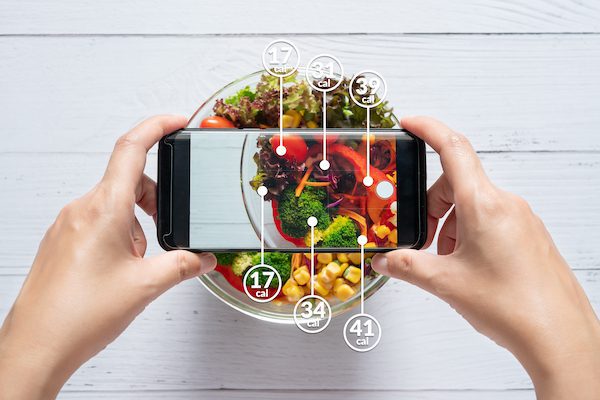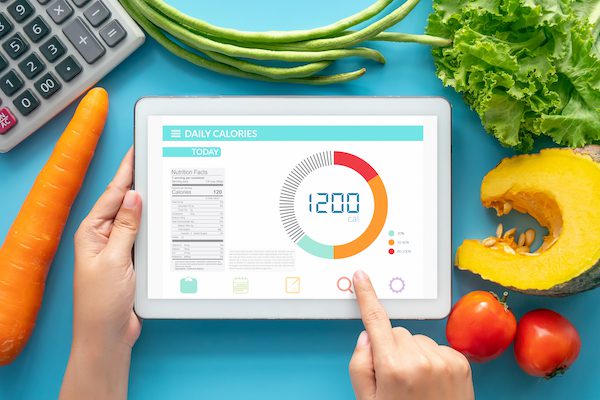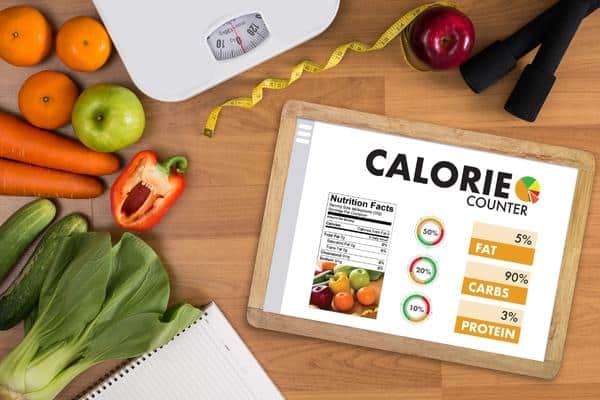Do you want to know about calorie counting mistakes that sabotage your fitness goals? You’re working hard to reach your fitness goals, and you’re making progress. But then you hit a plateau. You feel you’re stuck, and no matter what you do, the scale won’t budge. You’re making one of these common calorie-counting mistakes. Here are five calorie-counting mistakes that sabotage fitness goals.

1. Do Not Weigh Unpackaged Food
You might be surprised to learn that much of your food is not packaged. This includes fruits, vegetables, meat, and fish. When you don’t weigh these foods, you can easily underestimate the calories you eat. As a result, you consume more calories than you think, leading to weight gain. For example, a large banana weighs more calories than a small banana. This is because a banana can provide 100 to 400 calories, depending on the size of the fruit.
To avoid this mistake, weigh your food, including unpackaged items. This will help you get an accurate idea of how many calories you eat.
2. Don’t Count the Calories in Condiments
When you’re counting calories, it’s essential to be accurate. This means not just estimating the number of calories in your food but also measuring the calorie content of condiments. Unfortunately, many must correct the assumption that all condiments are low in calories. However, this is only sometimes the case. For example, a tablespoon of ketchup has about 20 calories. A tablespoon of mayonnaise has about 90 calories. While a tablespoon of coffee creamer has 35 calories, and honey far exceeds that 70 calories for one tablespoon.
If you’re not careful, the calories in condiments can add up quickly. To avoid this mistake, measure the calorie content of all condiments before you use them.

3. Treat All Macronutrients the Same
With calorie counting, not all macronutrients are created equal. For example, fat has nine calories per gram, while protein and carbohydrates have four calories per gram. This means you can eat more fat than protein or carbohydrates and consume fewer calories. For example, if you’re eating a 100-calorie snack, you could choose 10 grams of fat, 25 grams of protein, or 25 grams of carbohydrates.
Despite this difference, many people treat all macronutrients equally when counting calories. As a result, they eat more calories than they need to. To avoid this mistake, be aware of the calories of all the macronutrients you’re eating.
4. Use Incorrect Measurements for Fluids
Another common mistake people make when counting calories is using incorrect measurements for fluids. For example, they might underestimate the amount of liquid they’re drinking or overestimate the calorie content of their drink. This can lead to consuming more calories than you realize. Manufacturers no longer make standard 8 oz drinking cups. Most drinking cups can easily hold 16 ounces or more.
Remember to Count the Calories in alcohol. Alcohol is another common calorie-counting mistake. Many people assume that because alcohol is a liquid, it doesn’t contain many calories. However, this is not the case. A standard drink of alcohol (12 oz of beer, 5 oz of wine, or 1.5 oz of hard liquor) contains about 100 calories.
If you’re not careful, the calories in alcohol add up quickly. Also, alcoholic drinks can cause a lapse in judgment. To avoid this mistake, measure the calorie content of all alcoholic beverages before you consume them.

5. Don’t Count Cheat Foods
One common mistake people make when counting calories is not counting cheat foods. Cheat foods are those high in calories that you eat occasionally. They include things like cake, cookies, ice cream, and candy. While you might not eat these foods daily, they can still add up. If you’re not careful, the calories from cheat foods can sabotage your fitness goals.
To avoid this mistake, be sure to count the calories in all the food you eat, including cheat foods. This will help you stay on track and reach your fitness goals.
The Last Word on Calorie Counting Mistakes that Sabotage Fitness Goals
Many apps and websites claim to help you count calories. While these can be useful, they’re only sometimes accurate. This is because the calorie content of food can vary depending on how it’s prepared. For example, a baked potato has additional calories than a boiled potato.
To avoid this mistake, use a reliable app or website to track the calories in your food. Or, better yet, use a scale and measuring cups to measure your food’s portion sizes and calorie content. This will help you get an accurate idea of how many calories you eat.
One of the best apps to track calories is MyFitnessPal. The best way to use a calorie counter like MyFitnessPal is to plan your meals the night before. By using a calorie tracker, you can be more proactive, prevent mistakes, and understand better how your diet affects your fitness.




